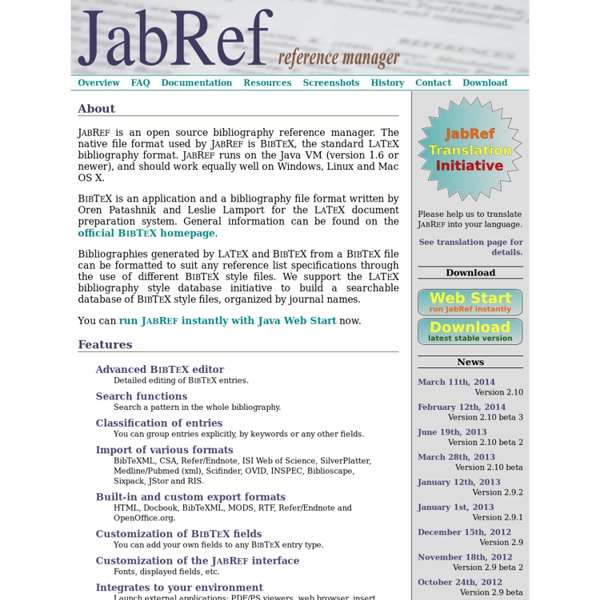



BARRY SMITH Barry Smith Publications March 29, 2014 Pdf version Books Edited Conference Proceedings Journal Special Issues Articles in Refereed Scholarly Journals Non-Refereed Articles in Scholarly Journals Chapters in Books Papers in Conference Proceedings Reports Posters Software Demonstrations Databases and Ontologies Letters to the Editor Entries in Dictionaries and Encyclopedias Translations Bibliographies Reviews and Review Articles 1. Reviews: P. J. W. R. 2. V. I. D. F. U. J.M. R. B. G. J. D. R. R. N. G. 3. A. B. R. J. M. J. 4. J. V. J. V. C. C. D. C. J. J. E. and J. 5. T. F. J. R. 6. U. M. J. B. J. V. J. N. 7. J. A. S. Guillermo Hurtado, Tópicos, vol. O. Roberto Poli, History and Philosophy of Logic, 24 (1992), 258–260. James DuBois, Review of Metaphysics, 47 (1993), 391–392. Roberto Poli, Axiomathes, 1 (1993), 140–142. John Haldane, Philosophical Quarterly, 43 (1993), 130. Michele Marsonet, Epistemologie, 16 (1993), 345–347. M. Fran Mau, Philosophischer Literaturanzeiger, 47 (1994), 54–56. 8. D. A. T. 9. J. S. B.
Color Vision, Cones, and Color-Coding in the Cortex -- Conway 15 (3): 274 -- The Neuroscientist Color processing begins with the absorption of light by cone photoreceptors, and progresses through a series of hierarchical stages: Retinal signals carrying color information are transmitted through the lateral geniculate nucleus of the thalamus (LGN) up to the primary visual cortex (V1). From V1, the signals are processed by the second visual area (V2); then by cells located in subcompartments (“globs”) within the posterior inferior temporal (PIT) cortex, a brain region that encompasses area V4 and brain regions immediately anterior to V4. Color signals are then processed by regions deep within the inferior temporal (IT) cortex including area TE. As a heuristic, one can consider each of these stages to be involved in constructing a distinct aspect of the color percept.
Comparison of reference management software - Wikipedia, the fre The following tables compare reference management software. General[edit] In the "notes" section, there is a difference between: Operating system support[edit] In the case of web applications, this describes the server OS. Export file formats[edit] This table lists the machine-readable file formats that can be exported from reference managers. Import file formats[edit] This table lists the file formats which may be manually imported into the reference managers without needing to connect to one particular database. Citation styles[edit] Reference list file formats[edit] Word processor integration[edit] Most reference management software supports copy/paste or drag-and-drop of references into any editor. Database connectivity[edit] This table lists the academic databases and search engines which reference managers can import from. Password "protection" and network versions[edit] Some reference managers provide network functionality. References[edit] Bibliography[edit] External links[edit]
PROJECT GUTENBERG OFFICIAL HOME SITE - INDEX -- Free Books On-Li How to use JabRef (BibTeX) with Microsoft Word 2003 JabRef is one of the best reference managers available and provides a realistic alternative to Endnote, as well as being open-source & free. Unfortunately most users are not aware that JabRef (or any other BibTeX based reference manager) can easily be integrated for use with Microsoft Word. In this guide I will show you step-by-step how to install Mike Brookes‘ excellent free Bibtex4Word (v1.12) Word Macro Package on your Windows XP machine. This post is for an old version of the BibTeX4Word Macro. These instructions assume that you are already familiar with JabRef and have a copy installed on your computer. 1. MiKTex is a LaTeX typesetting environment , you don’t need to be too concerned about the details of this, essentially MiKTeX contains BibTeX the ‘engine’ that is used for to generate the different referencing styles that you will now be able to call on to be able to submit to various journals eg. 2. 3.Set your Path 4. 5.Download the Macro 6. 7.Start Citing Example Citation Styles